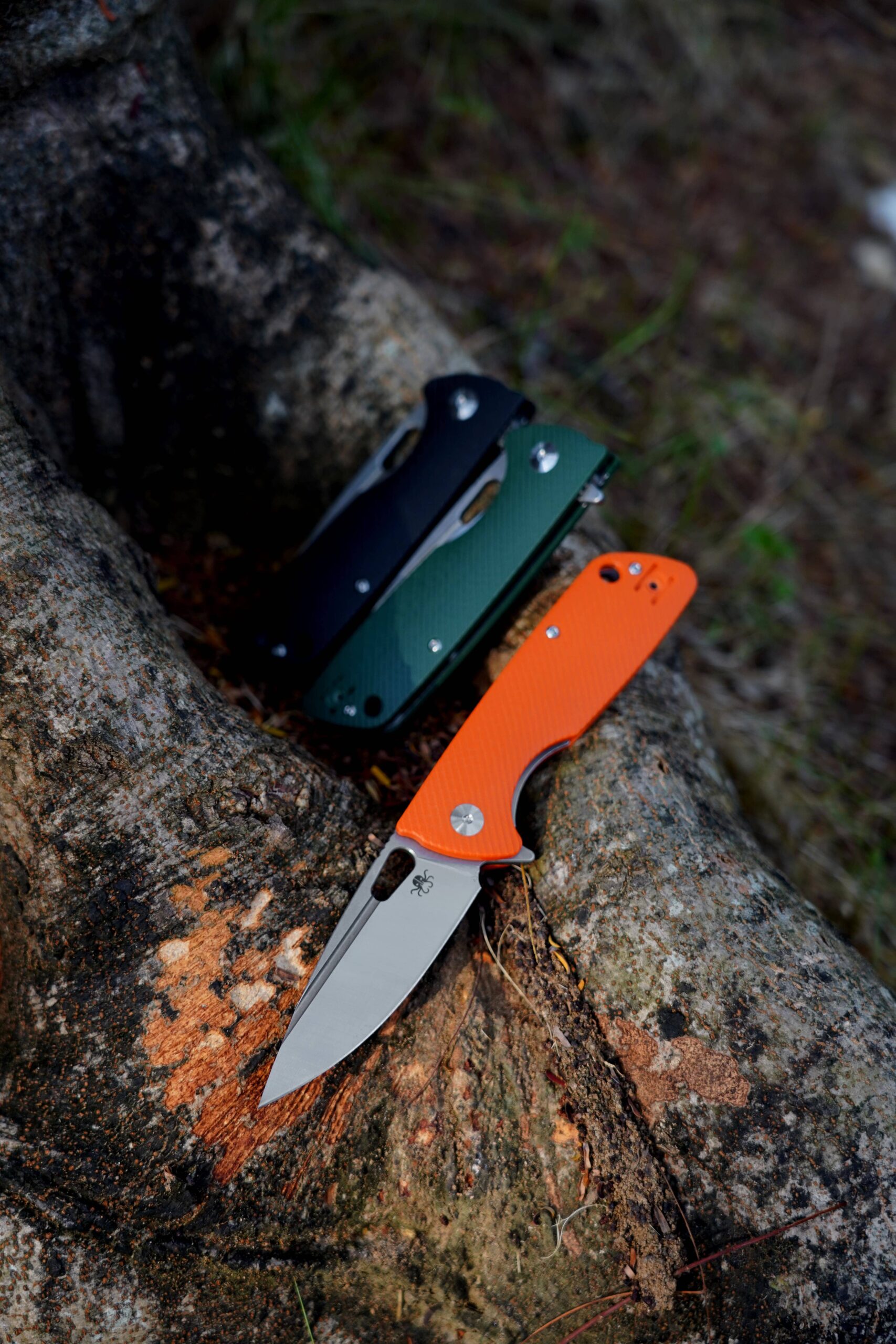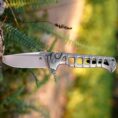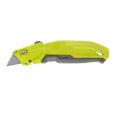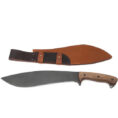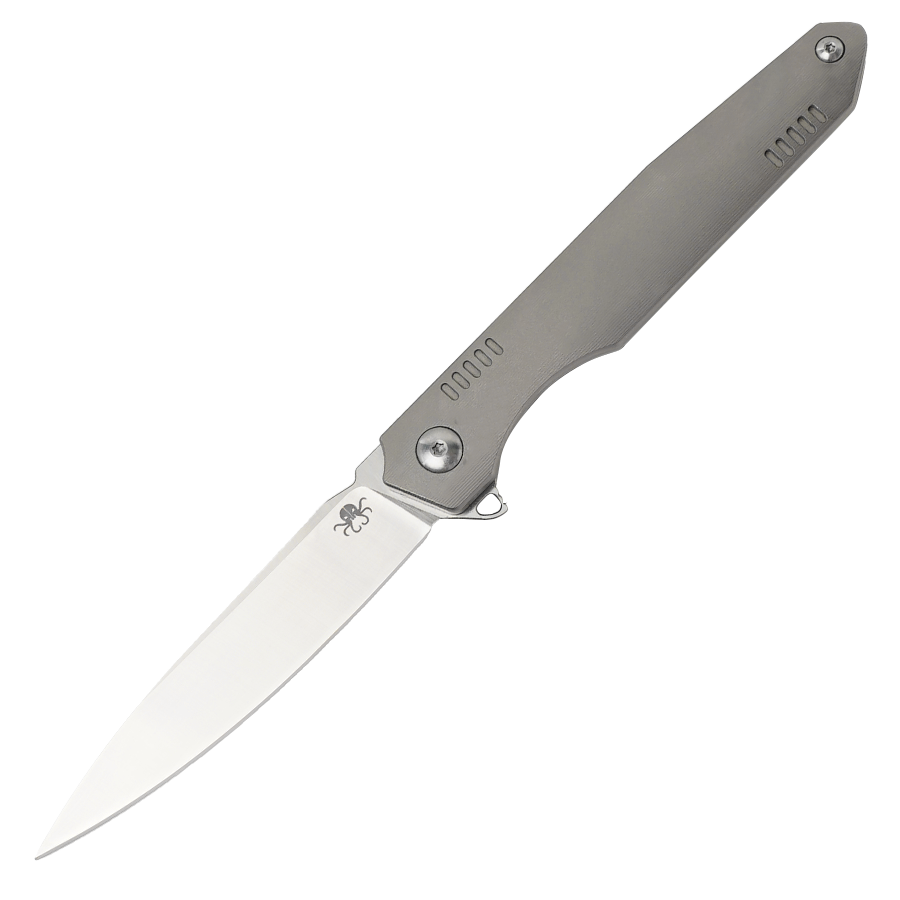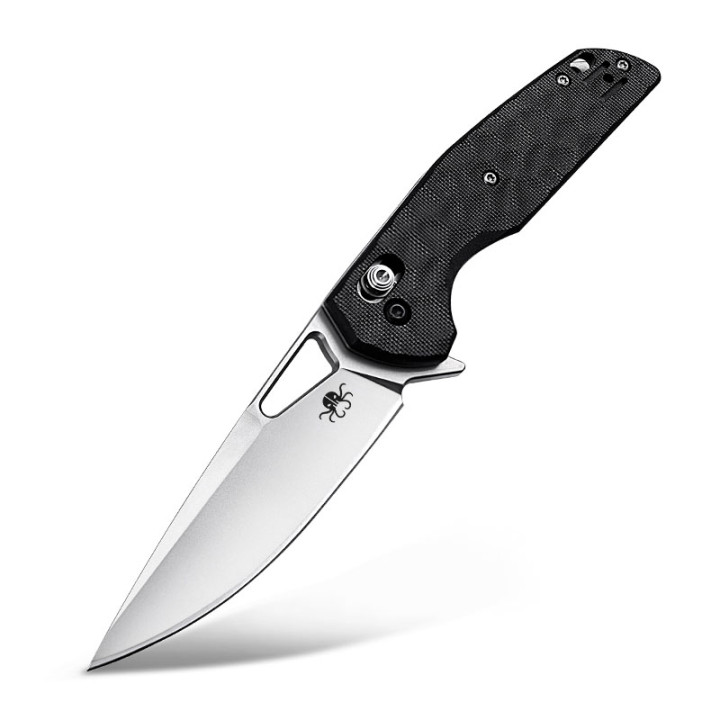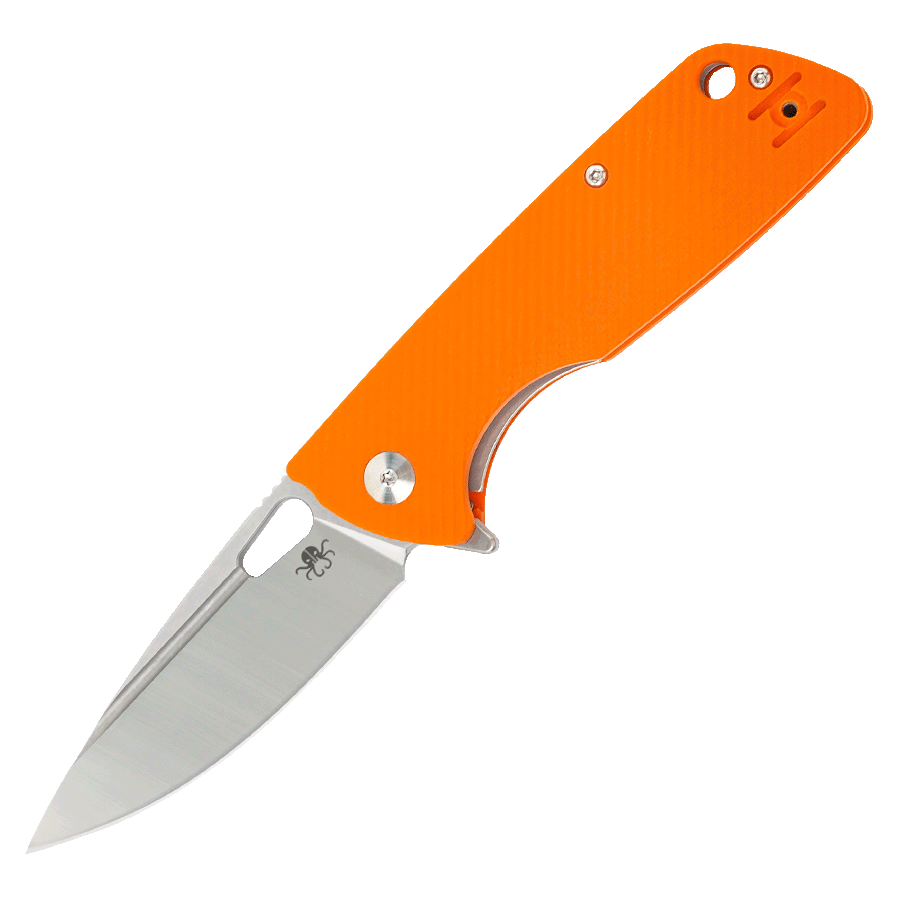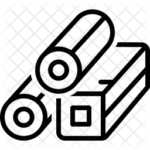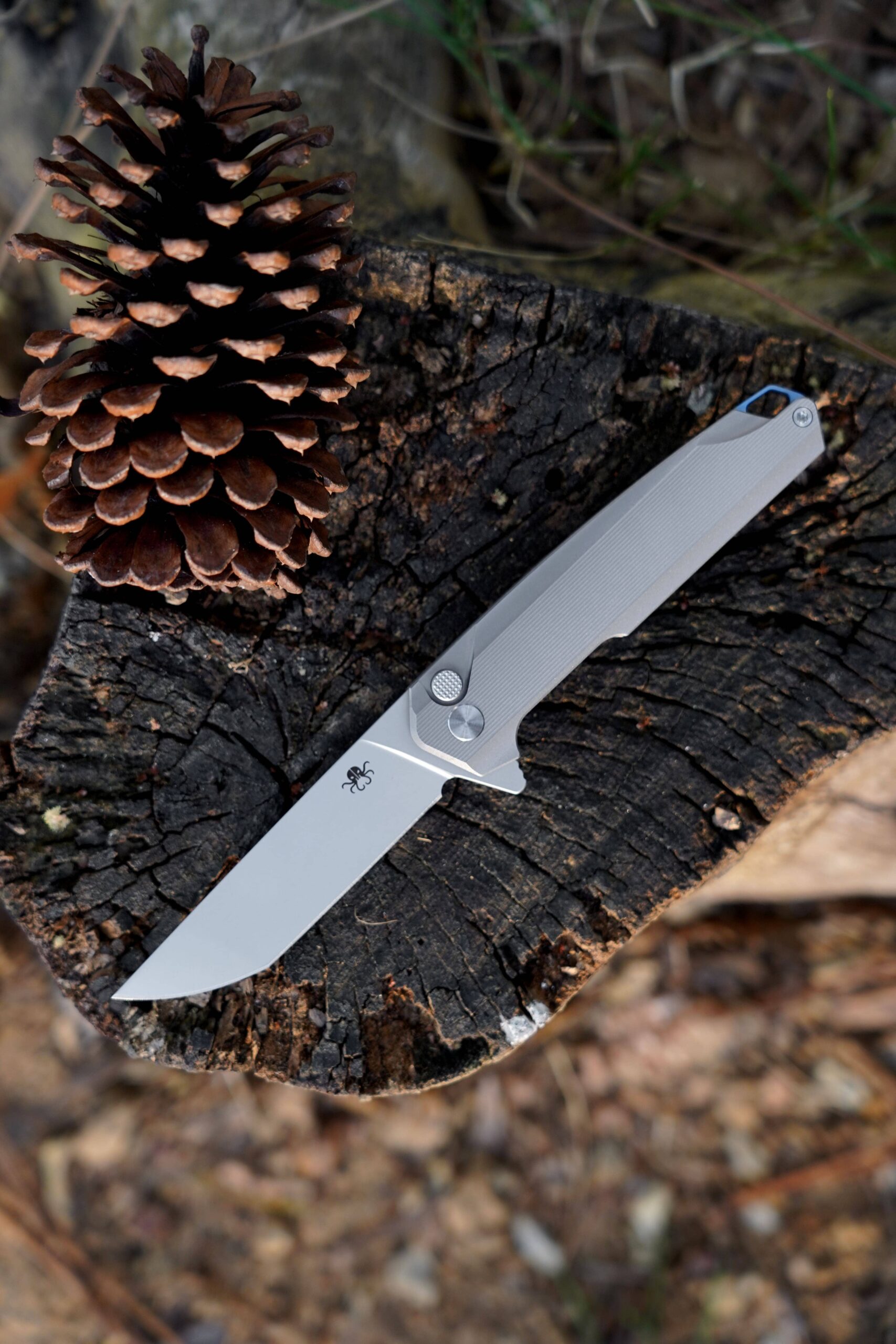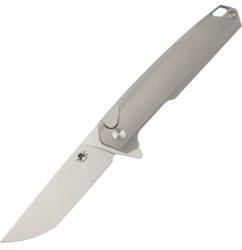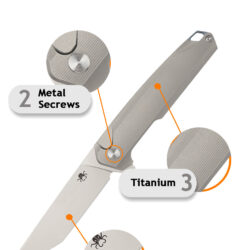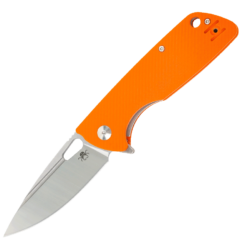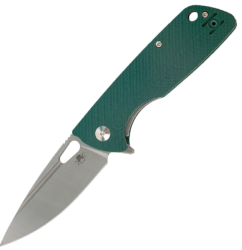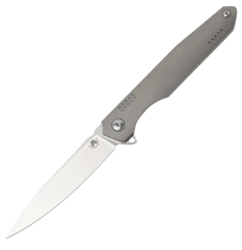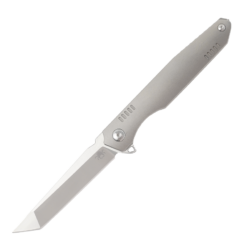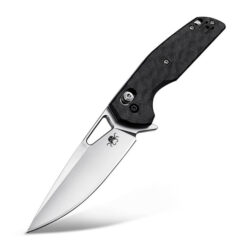Handle Materials: From Titanium to Carbon Fiber – The Feel of Durability
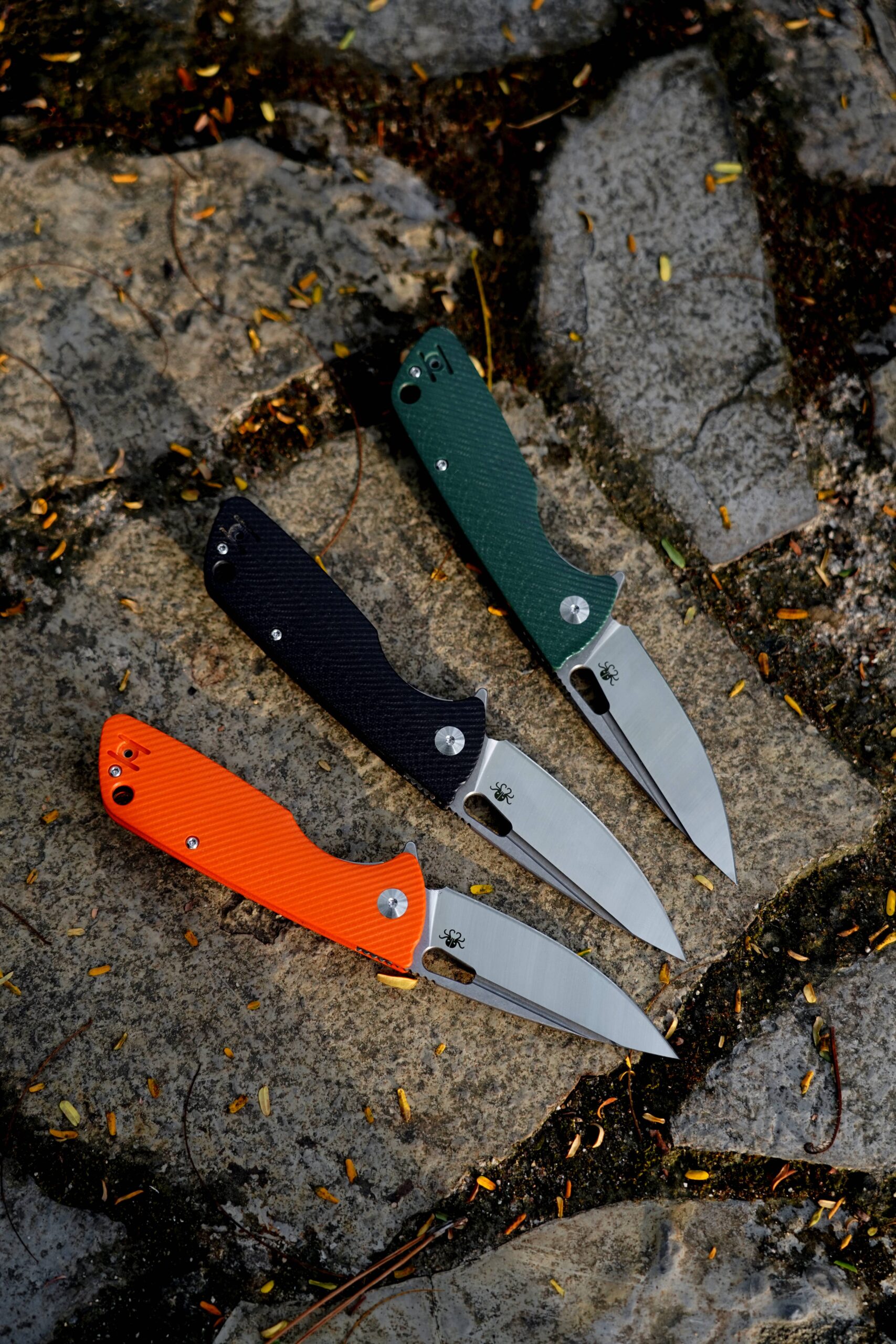
A knife is more than just its blade; the handle is equally important. The choice of handle material determines not only the look and feel of a knife but also its durability, functionality, and suitability for various tasks. Whether you’re an outdoor enthusiast, a collector, or a chef, understanding the properties of different handle materials is key to selecting the right knife for your needs. In this guide, we’ll explore some of the most popular and durable handle materials, including titanium, carbon fiber, G10, micarta, and more.
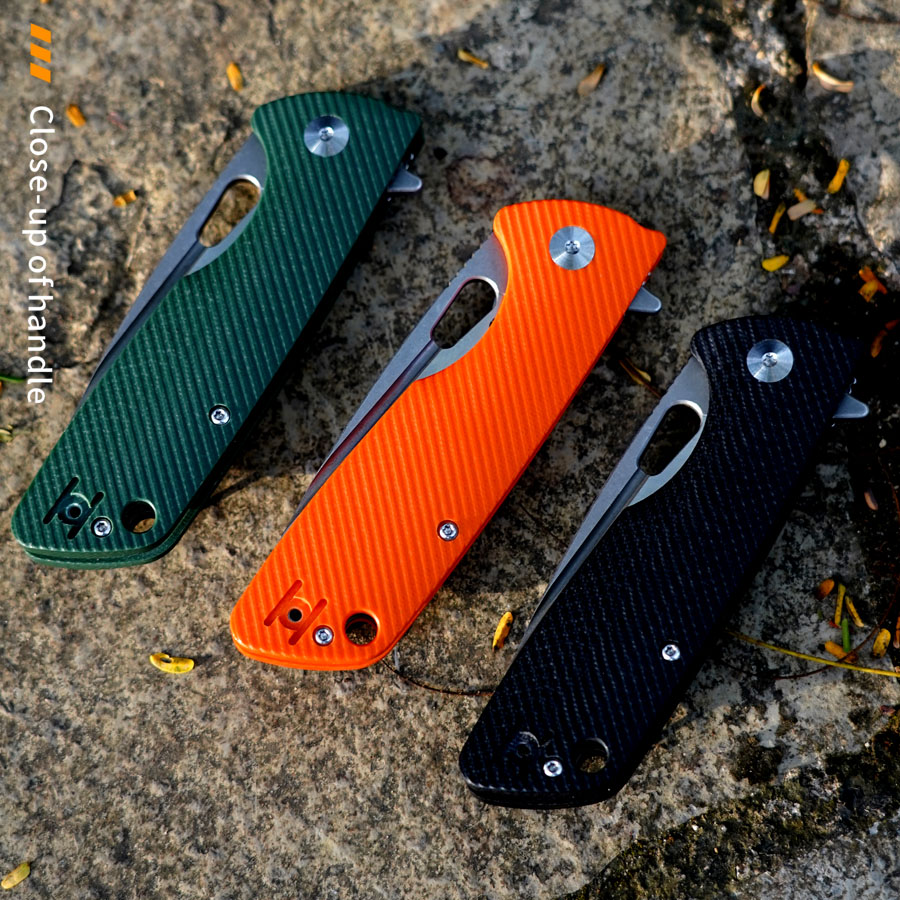
Chapter 1: Why Handle Materials Matter
The handle of a knife is the user’s primary point of contact. It must provide a secure grip, withstand wear and tear, and complement the knife’s intended purpose. The choice of handle material can impact:
1.1 Comfort
Ergonomics: A well-designed handle material ensures the knife feels comfortable in hand, even during extended use.
Texture: The material’s surface affects grip, especially in wet or slippery conditions.
1.2 Durability
Resistance to Wear: Handles made from premium materials resist cracking, chipping, and other damage.
Environmental Suitability: Some materials perform better in extreme conditions, resisting moisture, heat, and cold.
1.3 Aesthetics
Handle materials contribute to the knife’s overall appearance, with options ranging from sleek modern designs to traditional, rustic looks.
1.4 Weight
The density of the handle material affects the knife’s balance and overall weight.
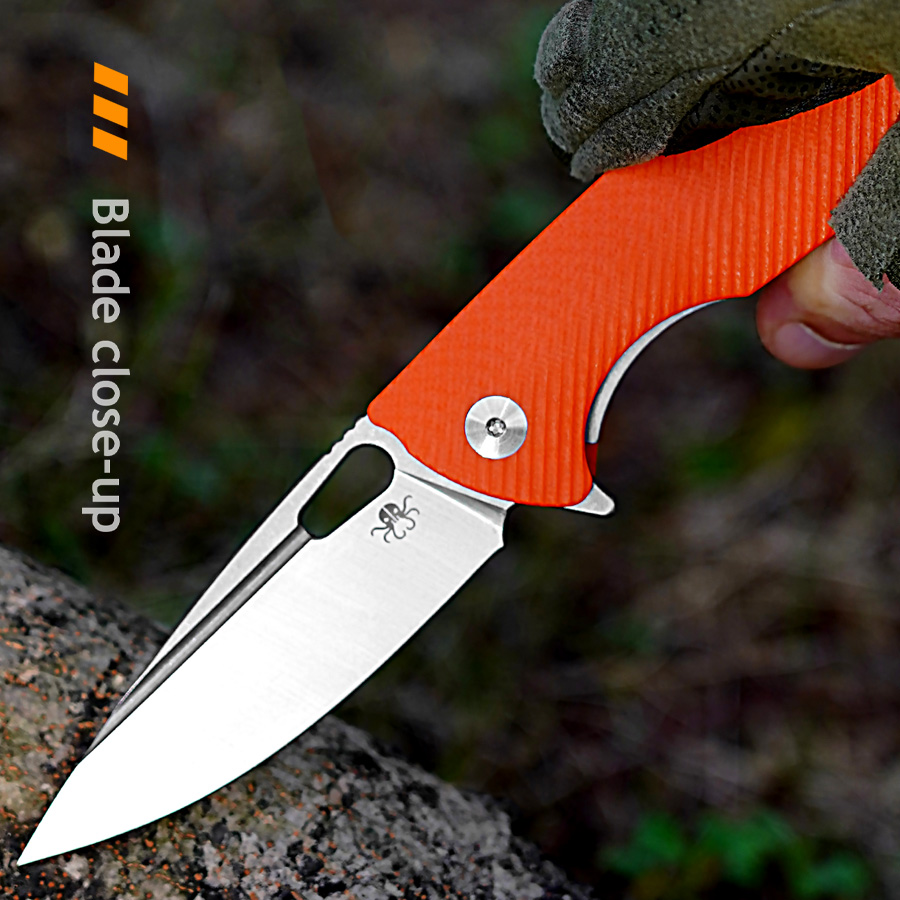
Chapter 2: Titanium – Strength and Elegance
Titanium is a favorite among knife enthusiasts for its unique combination of strength, lightweight properties, and corrosion resistance. It’s commonly found in high-end folding knives and tactical tools.
2.1 Properties of Titanium
Lightweight: Titanium is significantly lighter than steel, making it ideal for everyday carry (EDC) knives.
Corrosion Resistance: Impervious to rust and oxidation, even in saltwater environments.
Strength: Titanium is incredibly strong, resistant to impacts and deformation.
Aesthetic Appeal: It can be anodized into vibrant colors, offering a modern and stylish appearance.
2.2 Advantages
Perfect for users who prioritize lightweight durability.
Ideal for knives exposed to harsh environments.
Hypoallergenic, making it safe for users with sensitive skin.
2.3 Disadvantages
Higher cost compared to other materials.
Can feel slippery without added texturing.
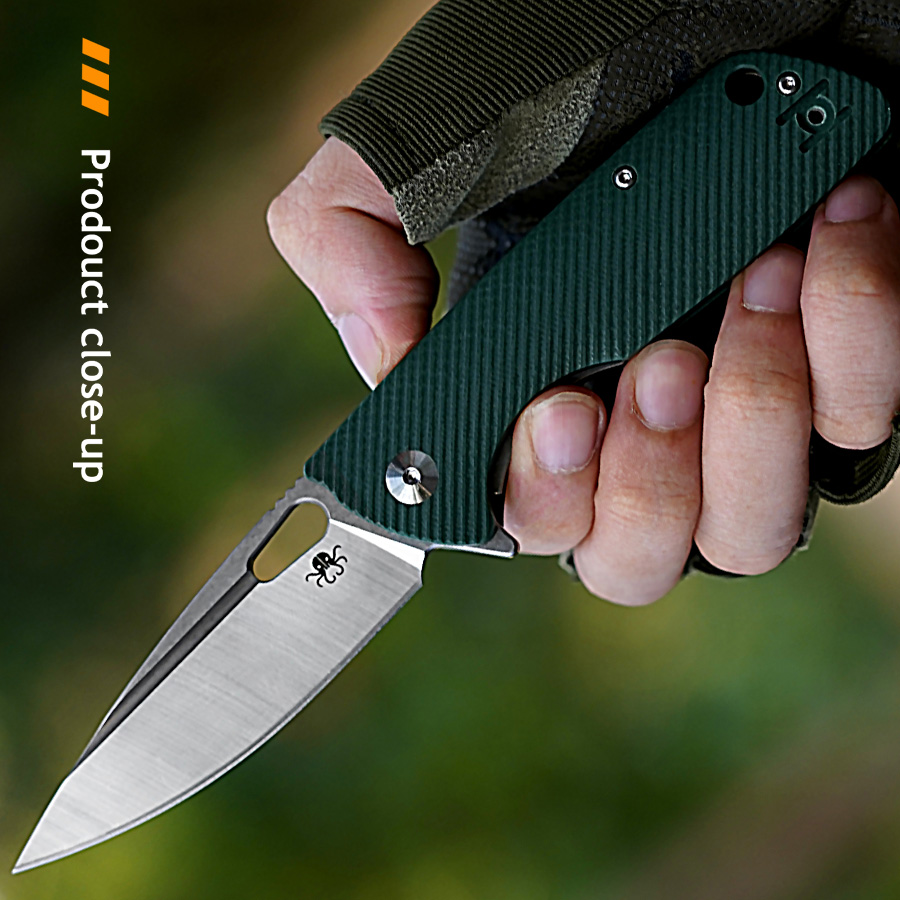
Chapter 3: Carbon Fiber – Lightweight Luxury
Carbon fiber is a composite material known for its high strength-to-weight ratio and futuristic aesthetics. It’s commonly used in premium knives and appeals to collectors and performance-focused users.
3.1 Properties of Carbon Fiber
Lightweight: One of the lightest handle materials available.
Strength: Extremely strong, with high resistance to impacts and wear.
Aesthetics: The woven pattern of carbon fiber is visually striking and exudes a high-tech feel.
3.2 Advantages
Offers exceptional durability without adding weight.
Sleek, modern appearance that stands out.
Resistant to temperature changes and moisture.
3.3 Disadvantages
Expensive due to the complexity of production.
Brittle under extreme stress, which can lead to cracking.
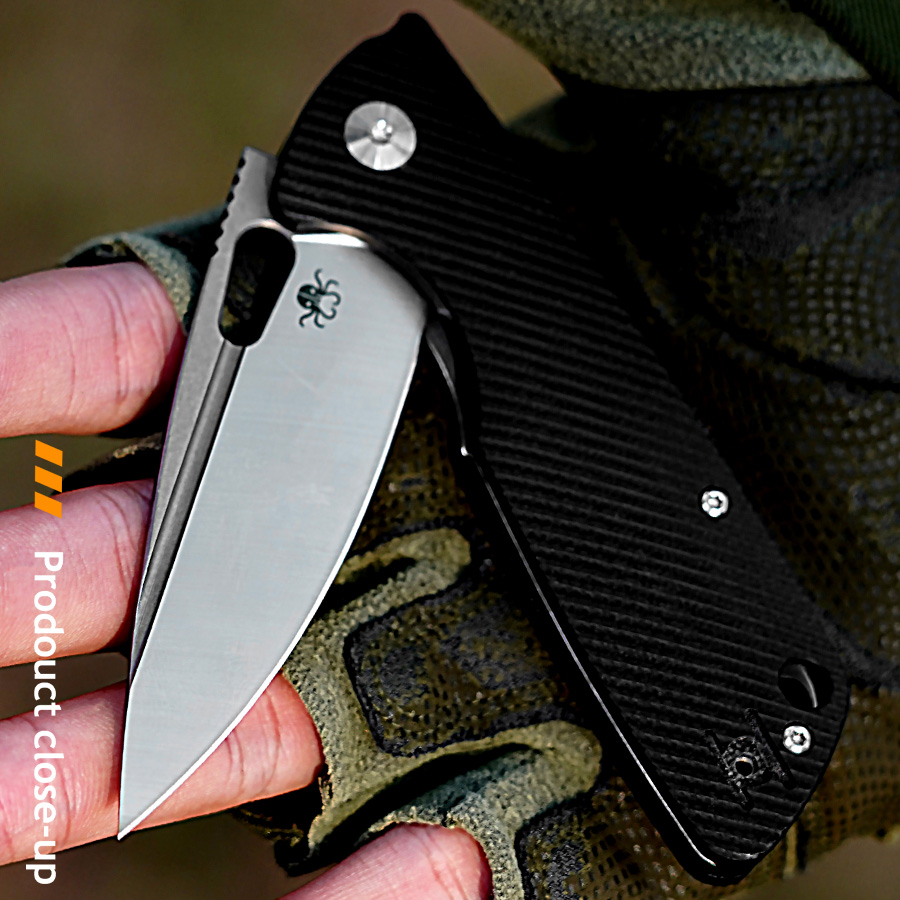
Chapter 4: G10 – The Tactical Choice
G10 is a fiberglass-based laminate that is lightweight, strong, and highly resistant to environmental factors. It’s a popular choice for tactical and outdoor knives.
4.1 Properties of G10
Durability: Resistant to impacts, chemicals, and moisture.
Grip: Can be textured for a secure hold in wet or slippery conditions.
Lightweight: Comparable to carbon fiber but more affordable.
4.2 Advantages
Affordable yet durable, making it accessible for most users.
Available in a variety of colors and textures.
Performs well in extreme conditions.
4.3 Disadvantages
Can feel less premium than materials like titanium or carbon fiber.
May become slippery if polished.

Chapter 5: Micarta – Rugged and Reliable
Micarta is a composite material made from layers of fabric or paper bonded with resin. Known for its rugged appearance, it’s a favorite for outdoor and bushcraft knives.
5.1 Properties of Micarta
Grip: Provides excellent traction, even when wet.
Durability: Resistant to wear, impacts, and temperature changes.
Aesthetic Appeal: Develops a unique patina over time, adding character.
5.2 Advantages
Ideal for heavy-duty use and outdoor activities.
Comfortable in hand, even during extended use.
Affordable and customizable.
5.3 Disadvantages
Can absorb moisture if not sealed properly.
Limited color options compared to other materials.
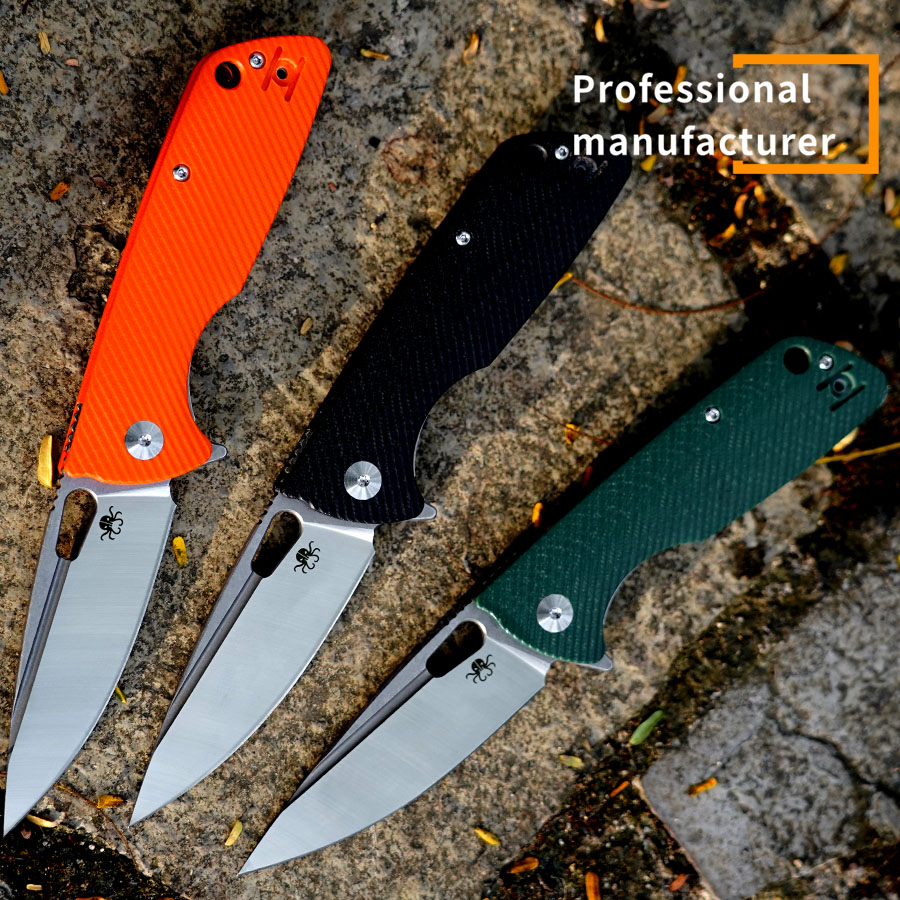
Chapter 6: Wood – Timeless and Traditional
Wood has been used for knife handles for centuries. Modern treatments and stabilizing processes have made it more durable while preserving its natural beauty.
6.1 Properties of Wood
Aesthetics: Each piece of wood is unique, offering natural patterns and colors.
Comfort: Warm and comfortable to hold.
Customizability: Can be carved and shaped to fit personal preferences.
6.2 Advantages
Timeless and elegant appearance.
Comfortable and ergonomic.
Renewable and eco-friendly.
6.3 Disadvantages
Requires regular maintenance to prevent cracking and warping.
Less durable than synthetic materials.
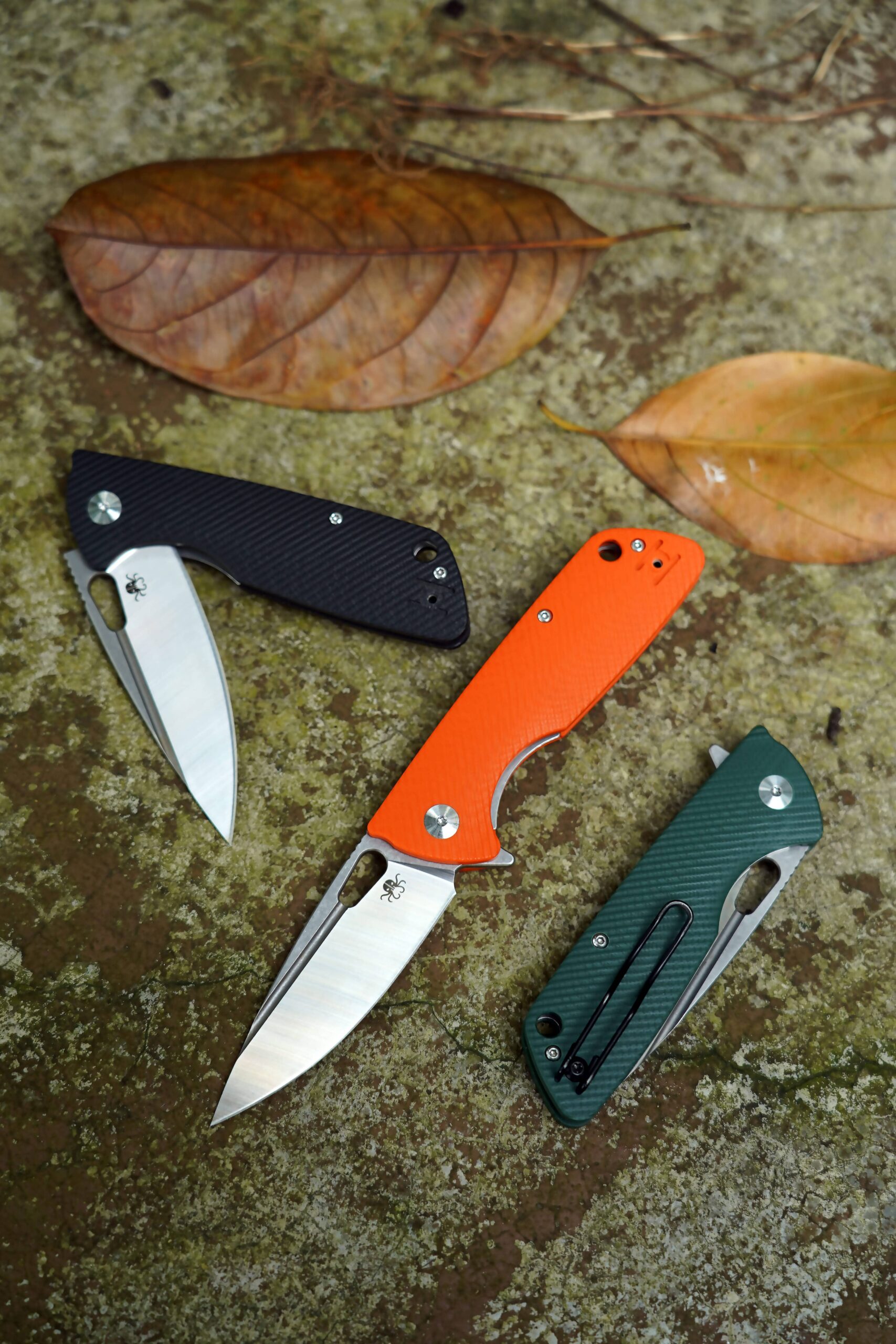
Chapter 7: Aluminum – Lightweight and Affordable
Aluminum handles are a popular choice for budget-friendly and lightweight knives. While not as premium as titanium, aluminum offers excellent performance for everyday use.
7.1 Properties of Aluminum
Lightweight: Easy to carry and maneuver.
Durability: Resistant to corrosion and wear.
Aesthetics: Can be anodized in various colors.
7.2 Advantages
Affordable and widely available.
Lightweight yet durable enough for most tasks.
Easy to maintain.
7.3 Disadvantages
Can feel cold and less comfortable in hand.
Prone to scratches and dents over time.
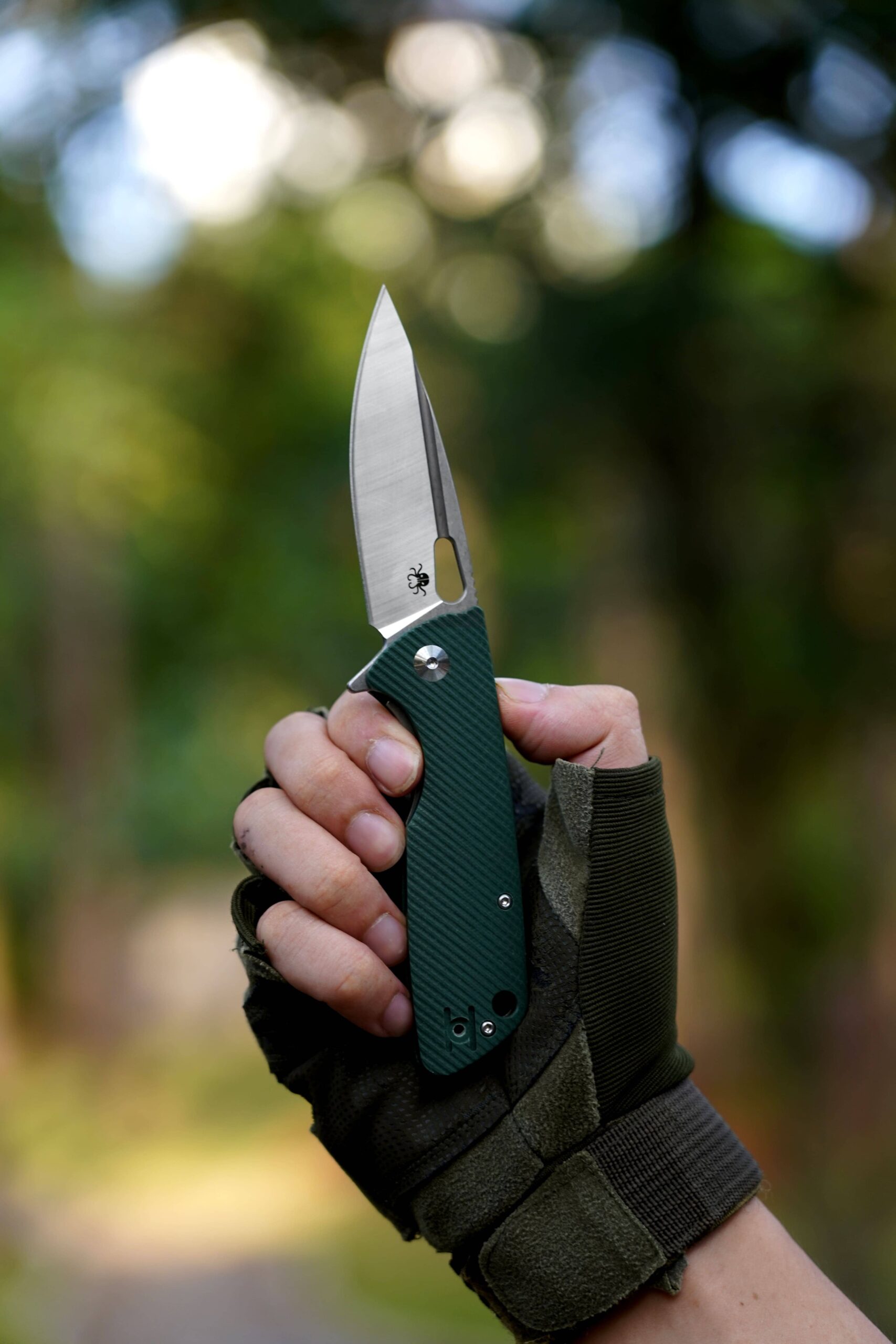
Chapter 8: Comparing Handle Materials
| Property | Titanium | Carbon Fiber | G10 | Micarta | Wood | Aluminum |
|---|---|---|---|---|---|---|
| Durability | Excellent | Very Good | Excellent | Very Good | Moderate | Good |
| Weight | Light | Very Light | Light | Moderate | Moderate | Very Light |
| Grip | Good | Moderate | Excellent | Excellent | Good | Moderate |
| Aesthetics | Modern | Futuristic | Tactical | Rustic | Timeless | Sleek |
| Cost | High | High | Moderate | Moderate | Moderate | Low |
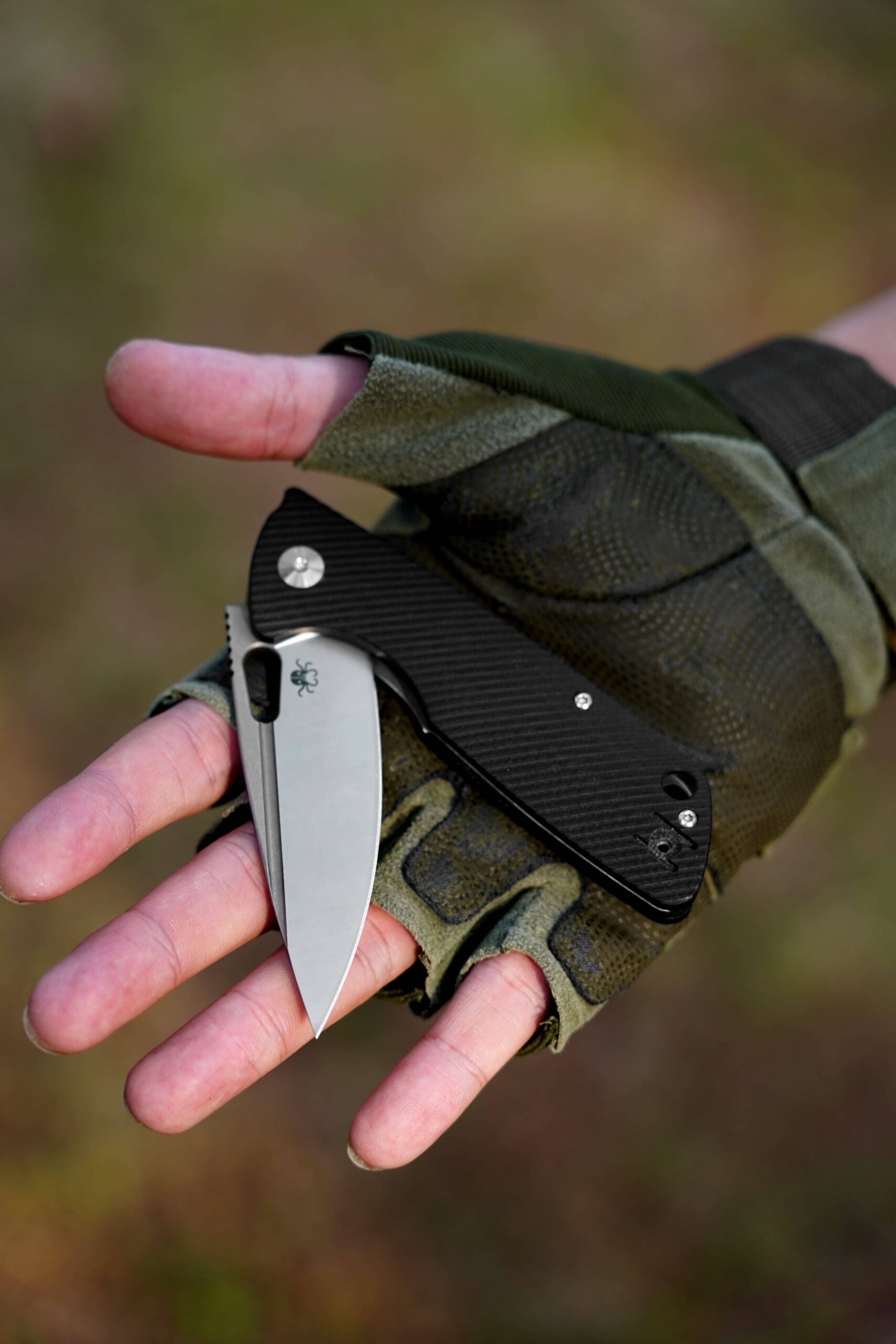
Chapter 9: Choosing the Right Handle Material
9.1 Consider Your Needs
Everyday Carry: Titanium or carbon fiber for lightweight durability.
Outdoor Use: G10 or micarta for grip and ruggedness.
Culinary Knives: Wood for aesthetics and comfort.
9.2 Budget
Premium materials like titanium and carbon fiber come at a higher price.
Affordable options like G10 and aluminum offer excellent performance without breaking the bank.
9.3 Personal Preferences
Aesthetics, texture, and weight should align with your preferences and intended use.
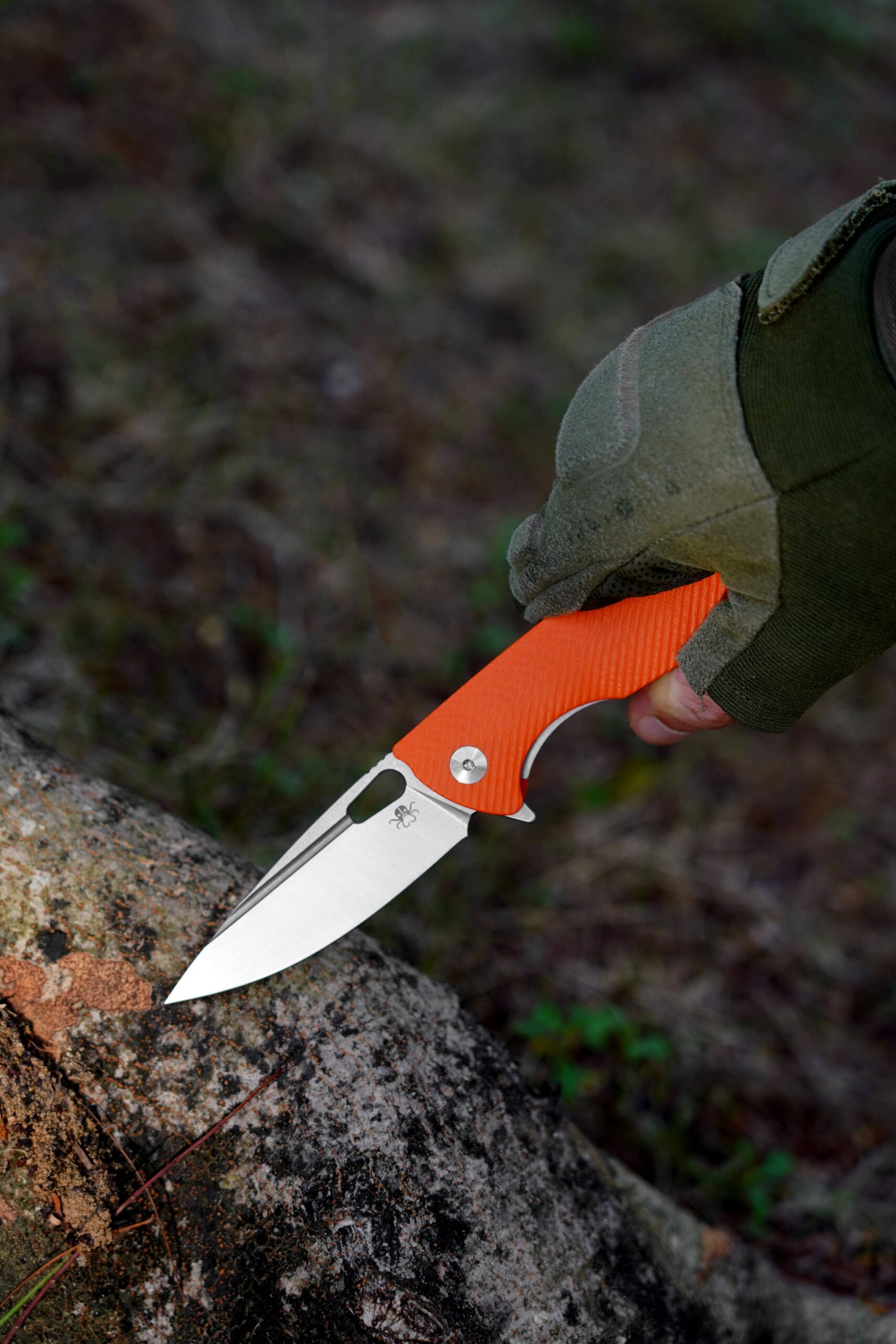
Chapter 10: Conclusion
The handle material is a vital aspect of any knife, impacting its comfort, durability, and usability. From the high-tech appeal of carbon fiber and titanium to the rugged reliability of G10 and micarta, each material offers unique benefits. By understanding their properties and applications, you can select a knife handle that perfectly suits your needs and style.
